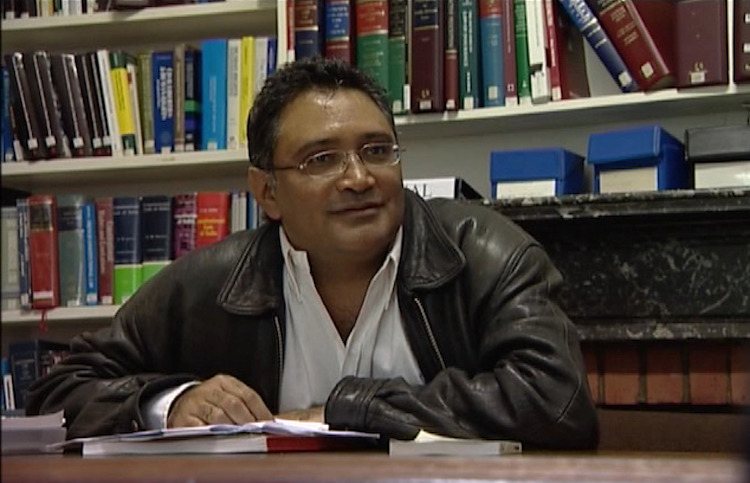
By Lisa Vives, Global Information Network
NEW YORK (IDN) — Every year, on December 1, World AIDS Day is commemorated. People worldwide unite to show support for those living with HIV and remember those who have passed on from AIDS-related illnesses.
Ten years ago, HIV had infected at least 10 per cent of the population in Botswana, Lesotho, Malawi, Mozambique, Namibia, South Africa, Eswatini, Zambia, and Zimbabwe. Some 50,000 infections were reported in the U.S. per year over the same period.
In response, African AIDS activists took to the streets and to the halls of the government to demand prevention programs—such as the Use a Condom campaign, free HIV testing and the Desmond Tutu HIV Foundation’s outreach programs.
The programs have seen a measure of success. AIDS-related deaths in sub-Saharan Africa in 2011 were 33 per cent less than the number in 2005. New HIV infections in sub-Saharan Africa in 2011 showed a 25 per cent decrease from 2001.
New HIV infections in the U.S. declined by 8 per cent between 2015 and 2019. Higher rates are found for people of colour, Latinos and people of mixed ethnicities.
In 1990, to address the early HIV numbers, Abdurrazack “Zackie” Achmat of South Africa stepped up to become one of the iconic AIDS crusaders and the backbone of movements advocating for the rights of gay and lesbian South Africans, as well for millions of underprivileged people living with AIDS.
His activist group—the Treatment Action Campaign—fought for crucial drugs for low-income South Africans while fighting a government which denied the existence of the AIDS epidemic and the pharmaceutical companies that profited off the lack of intervention.
South Africa now runs the world’s largest HIV treatment program. Of the 5.4 million people on antiretroviral treatments as of June, roughly 60 per cent are already on dolutegravir—a drug that is freely available and has raised life expectance from 49 to 60 years old.
Of the many AIDS activists across the continent and in the U.S., these are some of the many activists in each region:
Inviolata Mbwavi: the first CEO of the National Empowerment Network of People Living with HIV in Kenya. At the time of her death in 2020, she was the National Coordinator of the International Community of Women Living with HIV, addressing the needs of women and girls, gay men and transgender people.
Robinah Babirye: an advocate for young people of Uganda living with HIV and passionate about the issues affecting the Girl Child.
Emma Touny Waundjua Tuhepha: the first Namibian woman to state publicly that she was HIV positive. Along with 130 HIV-positive activists, she declared their status in the border town of Rundu, insisting it is AIDS, not the border war with Unita rebels, that was the real threat to their survival.
Mizé of Lubango in southern Angola: Helping to transform the lives of women living with HIV. Diagnosed with HIV at an early age, Mizé took her status in stride, culminating in her key role in the formation of PRAZEDOR, a support group whose meetings are attended by 15 to 20 women at a time.
A small selection of U.S. AIDS activists include California Rep. Barbara Lee, Phil Wilson, Peter Staley, DeeDee Chamblee, Antwan Matthews, and Katrina Haslip. [IDN-InDepthNews — 02 December 2022]
Photo: South Africa’s Abdurrazack “Zackie” Achmat stepped up to become one of the iconic AIDS crusaders. Source: University of Cape Town.











